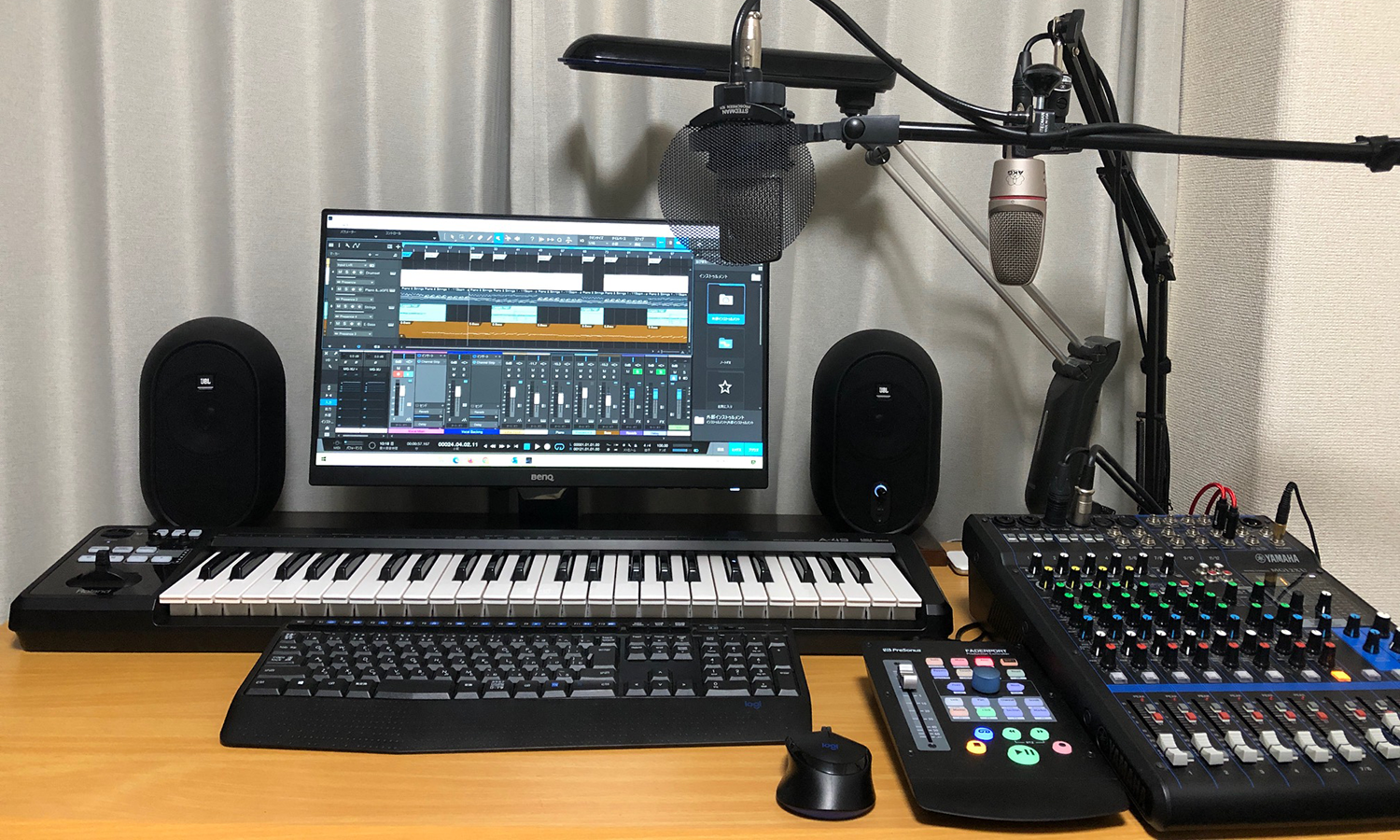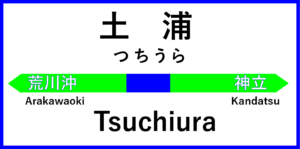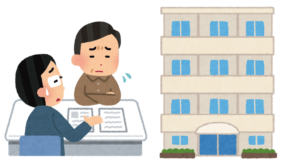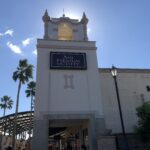
May was a very busy month for me.
It wasn't that I didn't have any days off, but I couldn't take two consecutive days off, and as a result, I had to work five days a week.
For a change, I took a make-up holiday this week, which turned into a five-day weekend.
So here I am, writing my blog, which I hardly updated last month.
If I don't take on the Olympic work, I calculate that I can continue to work two days and take five days off until next March.
In other words, I now have free time to spend.
With the time I've got, I'm thinking about what kind of work I'm going to do in the future, and what my life's work is going to be.
As I was thinking about this and watching the Internet and YouTube, I suddenly became interested in DTM.
It all started when I was looking for software to record and edit my narration.
I have a subscription to Adobe Creative Cloud, which includes an audio editing software called Audition, but all of Adobe's products have so many features that it's hard to master them all.
And the monthly subscription fee is not cheap either.
I'm thinking of ending my contract once and for all when my annual contract expires in September.
Then I need audio editing software that I can use after that.
While I was looking around for audio editing software, I noticed that Studio One had a good reputation.
I heard that if you buy PreSonus hardware, it comes with Studio One Artist.
Fade-ins and fade-outs are necessary when adding background music to narration.
While it is possible to do this work on a computer screen, there is a product called FADERPORT that allows you to do it intuitively and physically, and I decided to buy it because I liked its design.
This was PreSonus' product.
This is how I was able to get Studio One Artist for free.
By the way, Studio One Artist can be used as an audio editing software, but it is also a DTM software, which means it is a software for creating music on the computer.
I thought it would be fun to use this software to compose music.
Although there are no instruments, the software's sound source allows me to play drums, piano, guitar, and other stringed instruments on your computer through a process called typing.
I'm starting to get excited.
If I have a keyboard for it, typing will be easier.
So I also decided to buy a Roland A-49 keyboard.
It arrived yesterday, so I plugged it into my computer and tried to play it.
But at first I couldn't figure out how to play it.
It looks like an electronic piano, but it is not a musical instrument, so it does not produce sound as it is.
I start up Studio One Artist, create a track to type in, specify which sound source to use, and output it to my speakers or headphones to produce sound.
I couldn't figure out how to set it up, so I had to look it up on the Internet, and after a lot of struggling, I finally got sound.
It had been decades since I had touched a keyboard.
I took piano lessons in elementary school and learned the red Beyer, but since then I've only touched the accordion a little in music class.
When I was in high school, folk songs were all the rage, so I was bought a guitar, but I never got good at it. Basically, I am clumsy.
Unlike playing a musical instrument, typing on a computer is something that even a clumsy person like me can do if I take the time.
Reaching the level of a composer not only takes a long time, but also requires developing one's sensitivity as an artist, so there is a long way to go,
but it's cool to say that my hobby is composing music.
I think I can play with this for the time being.









